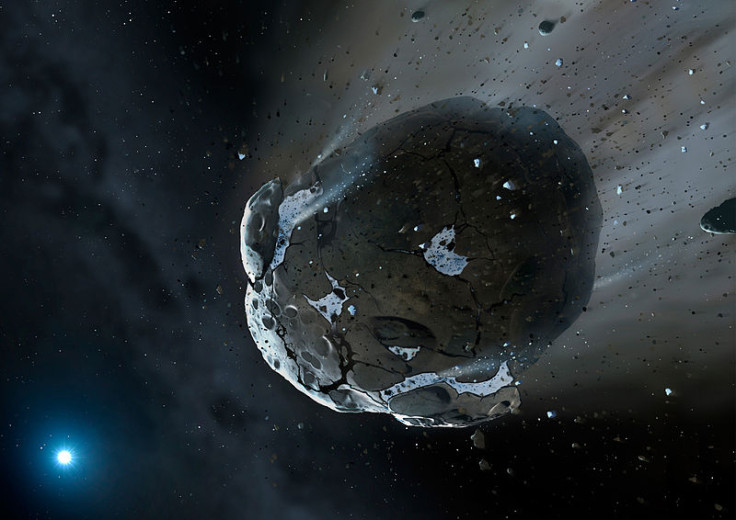First spark of life on Earth 'recreated in lab with powerful laser'

The first spark of life on Earth has been "recreated" in a laboratory in Prague using a powerful laser and a chemical mixture.
Published in the journal Proceedings of the National Academy of Sciences, researchers were looking to solve one of the "central problems of the origin of life" by investigating the hypothesis that an extra-terrestrial impact brought biological molecules to Earth.
The authors note that about four billion years ago, the Earth was pummelled with objects like asteroids and meteorites. Asteroids hit Earth about ten times more often than before or after this period.
"The coincidence of the Late Heavy Bombardment (LHB) period and the emergence of terrestrial life about 4 billion years ago suggest that extra-terrestrial impacts could contribute to the synthesis of the building blocks of the first life-giving molecules."
Researchers simulated a "high-energy synthesis" during an impact: "A high-power laser has been used to induce the dielectric breakdown of the plasma produced by the impact," they said.
The experiment adds weight to the long-held theory about the origins of life on Earth. It suggests life was a "direct consequence of the conditions on the primordial Earth and its surroundings", AP reports.
Lead author Svatopluk Civis said the 500ft laser was used to zap the chemicals for just a fraction of a second with the power equivalent to the output of two nuclear power plants.
Authors found the laser beam produced all four chemicals required to make the building blocks of life – RNA.
"Based on ... results, as well as theoretical calculations, we present a comprehensive mechanistic model, which accounts for all steps taking place in the studied impact chemistry," the authors wrote.
"Our findings thus demonstrate that extra-terrestrial impacts, which were one order of magnitude more abundant during the LHB period than before and after, could not only destroy the existing ancient lifeforms, but could also contribute to the creation of biogenic molecules."
© Copyright IBTimes 2025. All rights reserved.






















